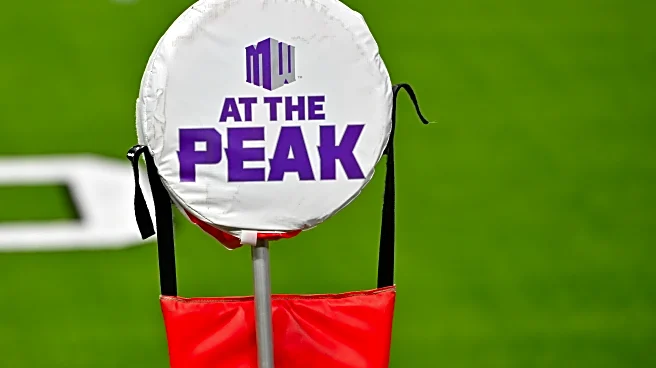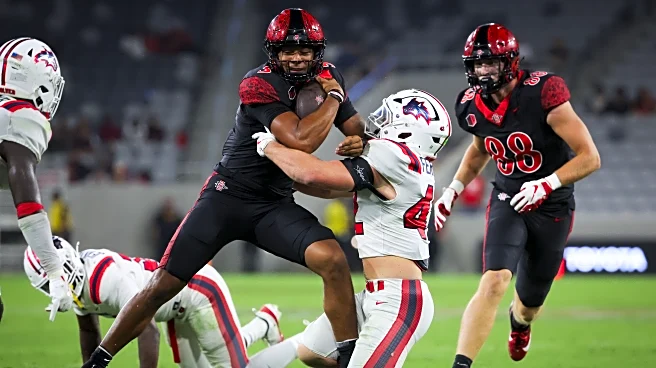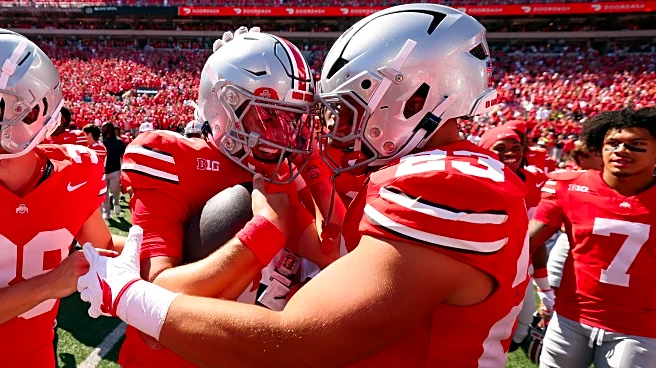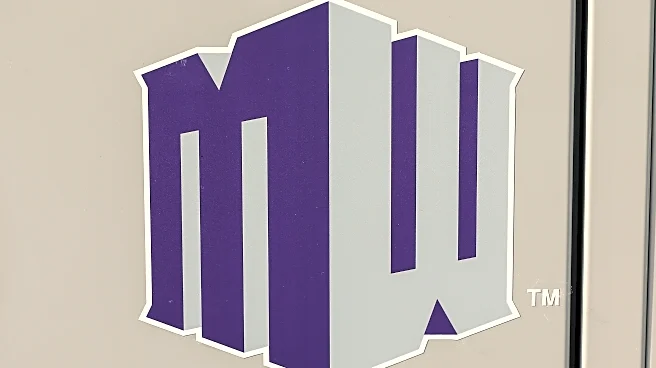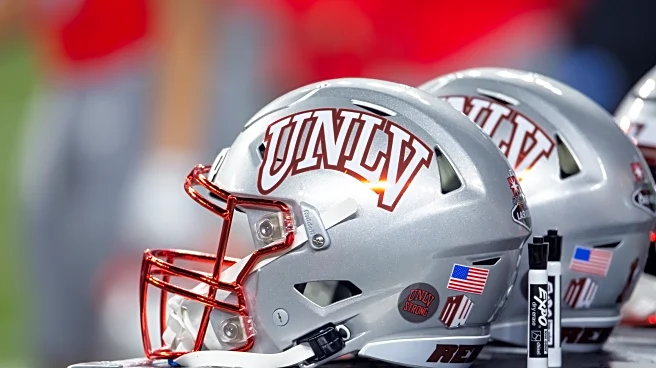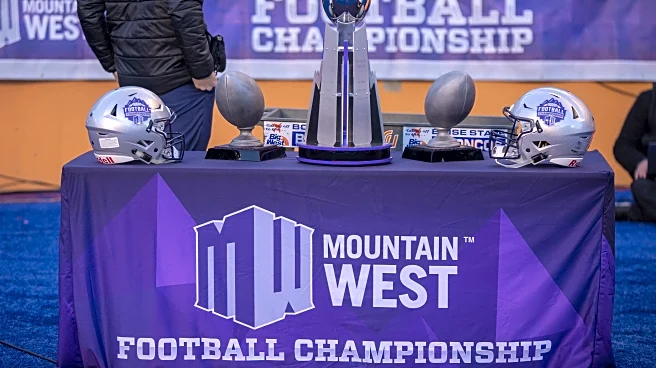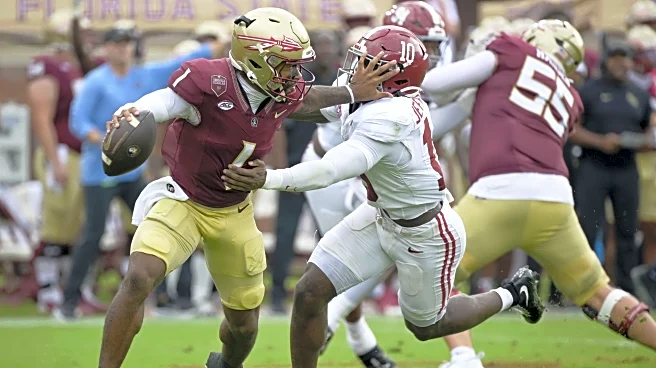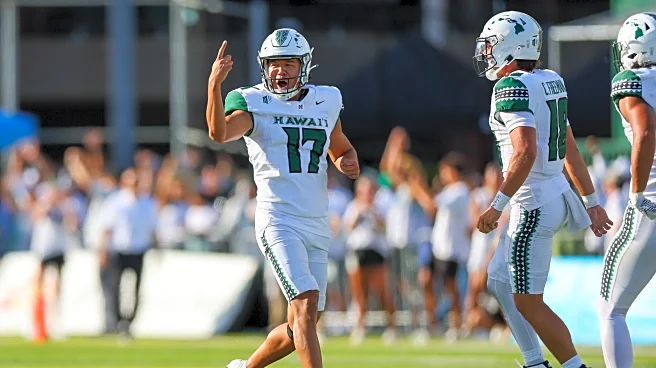
Week 1 was not a great week for the MWC. There was some good spots, UNLV over Sam Houston, USU over UTEP, some ok spots Wyoming shutting out Akron, but only getting 10, New Mexico made it closer to Michigan than people thought, and some bad moments looking at you Boise State and San Jose State, and maybe Hawaii, and no P4 wins for the conference. Pro Football Focus (PFF) gave Air Force Right Tackle Nathan Elwood and Utah State Cornerback Noah Flores a place on their Group of Five Team of the Week.
Elwood had a PFF grade of 91.6 and Flores had a grade of 86.9. The teacher is me wondered “where did the grade come from?” as I get asked that question by students numerous times. This week on Stats Corner we are going to break down the PFF grading system. If you would like to read the official free article from PFF, it can be found here.
Stats can be found everywhere in sports, as evident in the fact I have been writing Stats Corner for six years, and while stats can be used to tell a narrative how accurate is that chronicle? In the world of football, the tale has long been dictated by the box score: sacks, interceptions, touchdowns, and yards are the currencies of fame, fortune, and articles for Stats Corner. But why should a quarterback be penalized for a perfectly thrown pass that is dropped by an open receiver? Or worse, bounced up by the receiver into an interception? Should the quarterback receive a negative mark on their rating?
The objective of PFF is to factor in those anomalies to give each player a grade. PFF has built a grading system that methodically evaluates every player on every snap of every game. And by methodical, they have hired over 600 analysts to view every game tape and grade the performance, not the result. About 60 analysts go through months of training using a 300-page manual and a video playbook and the top 10ish become senior analysts who perform final reviews. Some are former players, coaches, scouts, and avid students of the game. Their goal is to apply the objective rubric without bias, ignoring a player’s reputation, or status. This isn’t about measuring athletic traits or celebrating empty stats, it’s about isolating a player’s true “contribution to production” on a given play, regardless of the outcome.
Case in point, our quarterback drops a perfect deep ball into a wide-open receiver’s stride, only for the pass to be dropped. The stat sheet records an incompletion, a mark against the QB. PFF, however, sees a perfectly executed throw and rewards the quarterback with a positive grade. The receiver, who failed in his task, receives a negative grade. The result was negative, but the quarterback’s contribution was positive.
Conversely, a cornerback gets beaten deep and is 10 yards behind the receiver. The quarterback drastically underthrows the wide-open receiver and the cornerback hauls in the fluke interception for a touchdown. The box score celebrates a game-changing play: one interception, one TD. PFF’s grade tells a different story: a harsh negative for the cornerback who catastrophically failed his primary assignment, another harsh negative for the quarterback who underthrew, but a positive for the receiver who ran a route to get open. The lucky outcome doesn’t erase the poor execution.
An offensive guard might stand idle as a defensive tackle blows past him to stuff a run. The guard may get blamed but the crowd or TV viewers. But if the grader, understanding the play design, recognizes it was a pull play and that the guard’s assignment was to block a linebacker, the other guard or center was responsible for the defensive tackle. The guard, doing his job correctly, earns a neutral grade at worst.
According to PFF, grades are not a casual formula or looking at a box score. It’s a data-driven machine built on watching every player individually on every snap of the game and giving them a grade. Each player is graded on a -2 to +2 scale for every snap, in 0.5 increments. A “0” is not a failure; it’s the “expected” outcome, a player doing their job at a competent level. A catastrophic pick-six might earn a -2, while a perfect throw in a clutch moment could be a +2. Every single grade is reviewed at least once, often multiple times, using every camera angle available, including the All-22 coaches’ tape. This ensures consistency and accuracy, turning subjective viewing into objective analysis. The raw grades are then adjusted for situational context using over 200 data points collected per play. A player operating in a historically favorable situation might see a slight downward adjustment, while a player facing overwhelming odds might get a boost. This ensures that a tackle facing Dani Dennis-Sutton from Penn State (96.0 PFF grade) every down is not judged by the same absolute standard as one facing a FCS backup.
By grading every play, PFF creates a massive sample size that smooths out the randomness of a single game and reveals true performance trends. It eliminates the bias of highlight reels and name recognition, instead focusing on what actually happened on the field, snap after snap after snap.
Once all the players from the weekend are graded, each player receives a grade on the scale 0-100 with the average player receiving a 60. Any grade above 60 is above average and any grade below 60 is below average. So, back to the original question, how do players earn their grades?
Quarterbacks are graded on passing, rushing, and their role in pass protection. Positive grades are given for accuracy and decision making, including first downs. With deeper and more difficult throws receiving +1.0. The result does not matter, aka the pass was dropped as mentioned earlier. Negative plays are throws which ensure an incompletion or interception, with turnover-worthy throws receiving a -1.0, even if the interception is dropped by the defender. If a quarterback makes a checked down throw to his running back 3 yards away and running back makes several defenders miss on the way to the endzone, the quarterback does not receive extra credit for the running backs play making ability.
Running backs receive positive grades each move which adds value to the play, think special moves on Madden 26. If the runner is stopped due to poor run blocking, the runner may receive a high grade for their moves and the lineman will be penalized. Fumbles usually receive a -1.5 grade.
Receivers receive positive grades when they positively alter down and distance, win contested catches, or create positive yardage beyond expectations, i.e. break a tackle. Highest grades are given for using speed, body control, and ball skills to gain extra yards. Negative grades are given for poor route running or for dropped passes, the easier the catch the harder the grade for dropping.
Offensive Linemen have separate grades for run Blocking and pass blocking. Run blockers receive high grades for moving a defender, winning the gap, or locking into a linebacker at the second level. Negative grades come from losing the leverage, quick losses, or missing a backside linebacker. A 0 grade is given for expected blocks. For pass blocking a negative grade will be given for losing their block, the quicker the loss the lower the grade. The expected block is 2.5 seconds. If a quarterback gets rid of the ball quickly and is not hurried or sacked the lineman can still receive a poor grade if they are beaten by the defender despite the defender having no influence on the play. However, if a quarterback leaves a clean pocket and is sacked or holds the ball too long the poor grade is given to the quarterback and not the lineman. And of course, holding penalties either called or uncalled results in a poor grade.
Defenders are judged on run defense, pass rush, and coverage. Defeating blocks and making tackles will earn positive grades. If a running back needs to redirect, the defender could receive a positive grade even if there is no tackle. Missed tackles are a negative grade as are poor play recognition. For pass rush, a rusher must win the block to get a positive grade and the quicker the win, the better the grade. Affecting the quarterback’s progression or batted passes are also positive. Sacks are a little more subjective. For example, rushing unblocked because the offensive line missed an assignment or sacking because a quarterback held the ball too long are graded lower than quickly beating a block. Any sack after 4 seconds is an expected result and results in a 0 grade. A missed sack will result in a downgrade, but the defender could still get a positive grade for defeating the blocker. Causing fumbles is always a positive grade. For pass coverage, a lot depends on the situation. “Impressive” interceptions or pass break-ups receive high grades, but if the ball is thrown poorly the defender may receive a expected grade and the quarterback receives the negative grade. A defender who is tight coverage will receive a positive grade, even if the ball is not thrown their way. Busted coverage and missed tackles receive a negative grade and allowing a receiver to get behind the defense or pass interference penalties called or not, are a harsh grade even if the receiver drops the ball.
As you can tell, there is a lot of personal opinion and interpretation that go into these grades. PFF is the first to admit its system is not perfect. Football is incredibly nuanced, and there will always be grey areas, a coverage bust or a missed assignment where the exact blame is unclear. In these rare cases, graders can default to a “0” rather than guess. PFF’s goal is not to declare who the most talented player is, but to provide a rigorous, context-rich evaluation of performance. A while not perfect, it does offer a different perspective to the box score and raw data.
